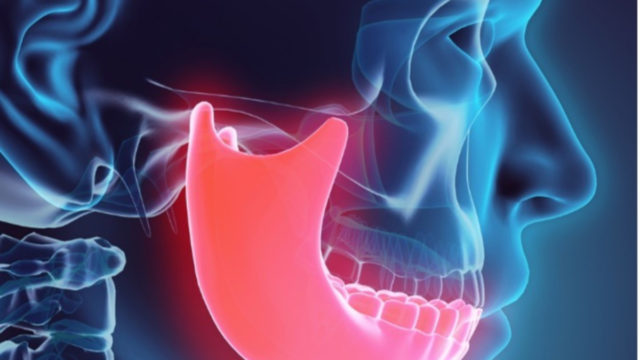The partnership agreement brings together Singapore’s best national research institutes to co-develop the next generation of dental implant technology.
Natural tissue regeneration specialist, Osteopore (ASX:OSX), has secured a landmark $19m partnership with Singapore’s best, giving the med-tech access to a quickly growing $1.25b global market.
OSX is suddenly signed up alongside world-leading Singaporean institutions – the National Dental Centre Singapore and the Agency for Science, Technology and Research (A*STAR), the former an industry leader in developing dental implants.
The $19m deal will see a collaborative study on the development of the next generation jaw implants, using Osteopore’s patented biological additives and polymer compounds to enhance bone regeneration capability.
The study also builds on the intellectual property (IP) patent approvals for Osteopore’s magnesium-composite materials, which were recently acquired in several regions including Singapore, Europe, and China.
Taking a bite out of $1.26 billion
The partnership brings together major Singaporean national research institutions, each with the expertise crucial to the development and execution of go-to market technologies.
The Singapore Institute of Manufacturing Technology (SIMTech), a A*STAR research institute, is expected to develop the bespoke manufacturing technology required for the production of the regenerative scaffolds.
The Institute of Molecular and Cell Biology (IMCB), also a research institute under A*STAR, will be working on the biological stimulants that hasten bone healing.
And the National Dental Centre of Singapore, the country’s flagship specialist centre for oral healthcare, will bring its strong expertise in complex dentistry to the table by supporting the clinical application.
Meanwhile Osteopore, as the industry lead on the project, will look to bring its own expertise within the field of regenerative dental bone graft and membrane development.
Osteopore is expected to contribute $1.8m in cash to the deal over three years, with the rest being absorbed by the Singaporean institutions.
Developing products for patients and clinicians
Prof Tan Sze Wee, Assistant Chief Executive, Enterprise, A*STAR, said: “A*STAR is pleased to collaborate with Osteopore and NDCS and to contribute our expertise to this project.”
“Through such co-innovation, we aim to enable local enterprises to expand their R&D capabilities and develop unique products for local demands and overseas markets, which will improve clinical outcomes to patients.”
The research is also expected to yield improvements on the current bone regenerative capabilities, and would translate into better surgical outcomes and faster recovery for patients.
Potential outcomes from the study include faster bone growth, reducing the need for complex bone harvesting processes, and simplifying future dental procedures.
Clinical Associate Professor Goh Bee Tin, Deputy Director, Research and Education, NDCS said: “We are excited to be part of this industry-level research collaboration that looks to shape the next generation of jaw implant. The research will yield improvements to bone regenerative capabilities that would translate into better surgical outcomes and faster recovery for our patients.”
“We believe this novel and less invasive technique will also gain quick adoption by dental practitioners and patients”
The potential market is huge and is estimated at $1.26b according to Verified Market Research, not least because 10% of the global dental jaw surgeries are currently conducted in the Asia Pacific region.
“We are constantly developing new and better applications for our technology, as well as growing addressable markets. This partnership project is a significant step for Osteopore,” Osteopore’s chairman, Mark Leong said.
This article was developed in collaboration with Osteopore, a Stockhead advertiser at the time of publishing.
This article does not constitute financial product advice. You should consider obtaining independent advice before making any financial decisions.
You might be interested in












